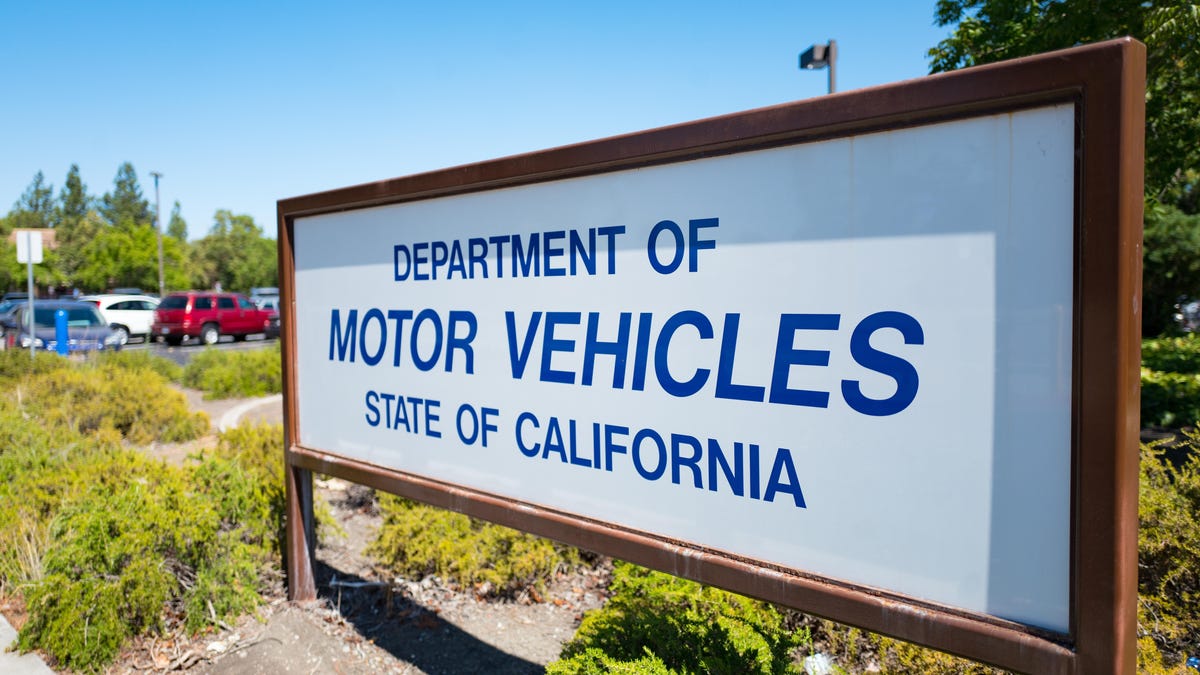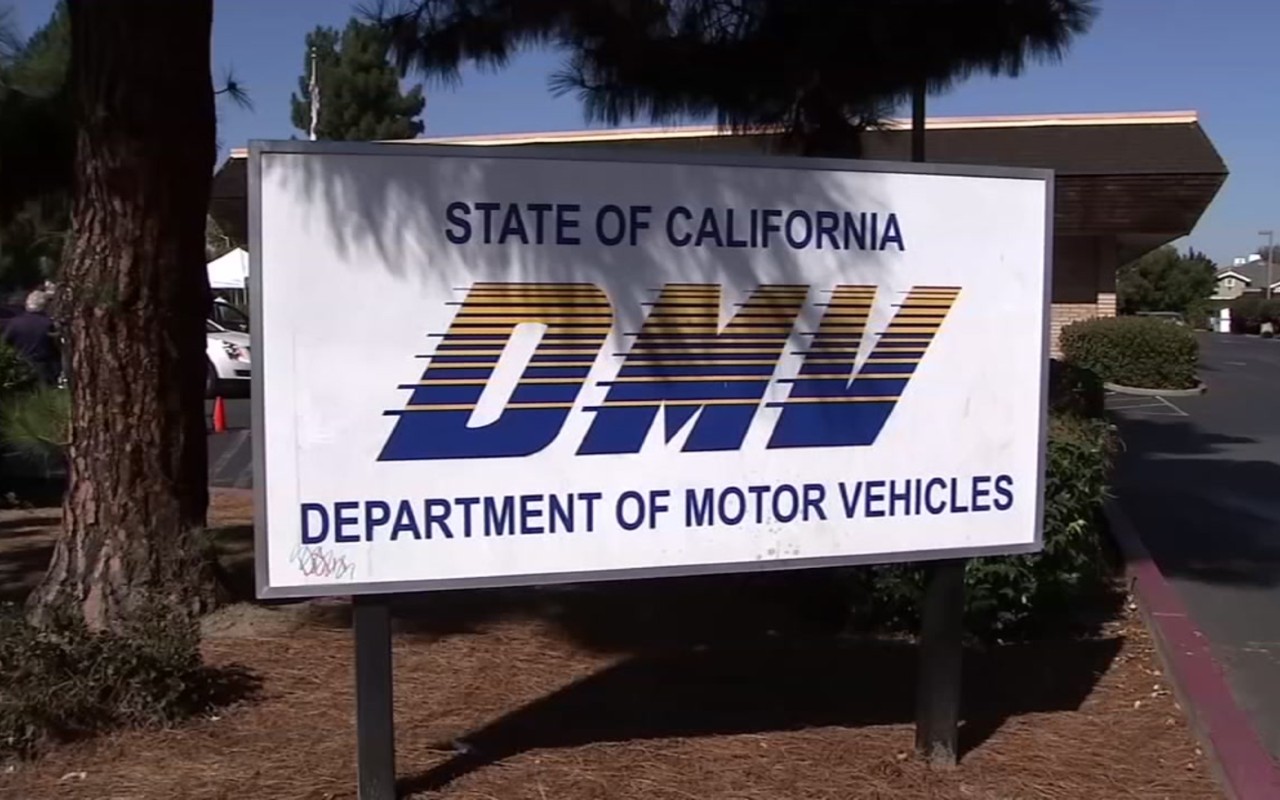Schedule Your California DMV Appointment with Ease: A Step-by-Step Guide
Table of Contents
- California Department of Motor Vehicles - Home | Facebook
- California DMV adding more services online in effort to reduce lines ...
- Guide on California DMV Exam | AP Driving
- DMV de California reanuda pruebas de manejo detrás del volante
- What’s behind all the California DMV voter-registration snafus ...
- California DMV improperly released Social Security data - CNET
- California DMV | Sacramento Bee
- DMV Innovations Making it Easier than Ever to Skip Office Trip
- The History of the California DMV - Yes Automobiles
- DMV California USA – Thai TV Shopping in USA



Why Schedule an Appointment?


How to Schedule an Appointment



Types of Appointments
The California DMV offers various types of appointments to cater to different needs. These include: Driver's License Appointments: For new driver's licenses, renewals, or duplicates. Vehicle Registration Appointments: For vehicle registration, title transfers, or other vehicle-related services. Behind-the-Wheel Test Appointments: For scheduled driving tests.
Tips and Reminders
To ensure a smooth and efficient visit, keep the following tips and reminders in mind: Arrive Early: Plan to arrive at least 10-15 minutes before your scheduled appointment time. Bring Required Documents: Make sure to bring all necessary documents, such as identification, proof of residency, and vehicle registration. Be Prepared: Review the DMV's website for any specific requirements or instructions related to your appointment. By scheduling an appointment at the California DMV, you can save time, reduce wait times, and make your visit more efficient. Follow the steps outlined in this article, and you'll be on your way to a hassle-free DMV experience. Remember to arrive early, bring required documents, and be prepared to ensure a smooth and successful visit.For more information, visit the California DMV website or contact your local DMV office.
Note: The article is optimized with relevant keywords, meta descriptions, and header tags to improve search engine ranking and readability. The content is informative, easy to follow, and provides valuable information to readers.